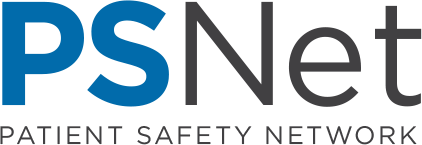Clinical Areas
Scroll down to search or browse using Clinical Area if you would like to explore PSNet by the healthcare profession, such as the nurse care or medical specialty, featured in the resources.
Latest by Clinical Areas
Edwin Boudreaux, PhD, is a Professor of Emergency Medicine, Psychiatry, and Quantitative Health Sciences and the Vice Chair of Research for the Department of Emergency Medicine at the University of Massachusetts Chan Medical School.
This piece discusses the role that healthcare providers and organizations can play in suicide prevention, including identifying suicide risk in patients and responding effectively.
This pair of cases describes patients misdiagnosed and treated for migraines before being diagnosed with... Read More
Timothy Vogus is the Brownlee O. Currey, Jr., Professor of Management at Vanderbilt University’s Owen Graduate School of Management. He is also a founding and continuing member of the Blue... Read More
All Clinical Areas (16198)
This piece discusses the role that healthcare providers and organizations can play in suicide prevention, including identifying suicide risk in patients and responding effectively.

Edwin Boudreaux, PhD, is a Professor of Emergency Medicine, Psychiatry, and Quantitative Health Sciences and the Vice Chair of Research for the Department of Emergency Medicine at the University of Massachusetts Chan Medical School.
This pair of cases describes patients misdiagnosed and treated for migraines before being diagnosed with life-threatening conditions: encephalitis and cancer. The commentary discusses the challenges involved when diagnosing patients presenting with headache and a framework consisting of three key factors (diagnostic pitfalls, red flags, and “don’t miss” diagnoses) to consider in diagnostically challenging situations.
Institute for Safe Medication Practices: March 2025.





